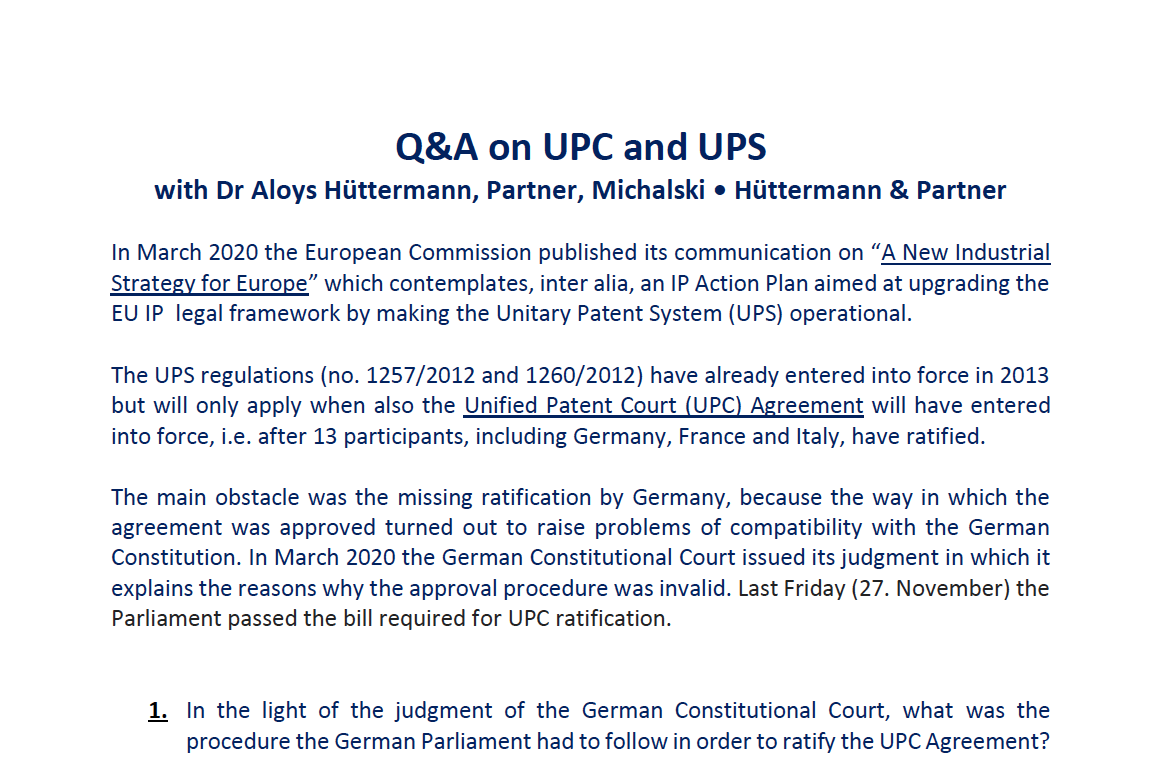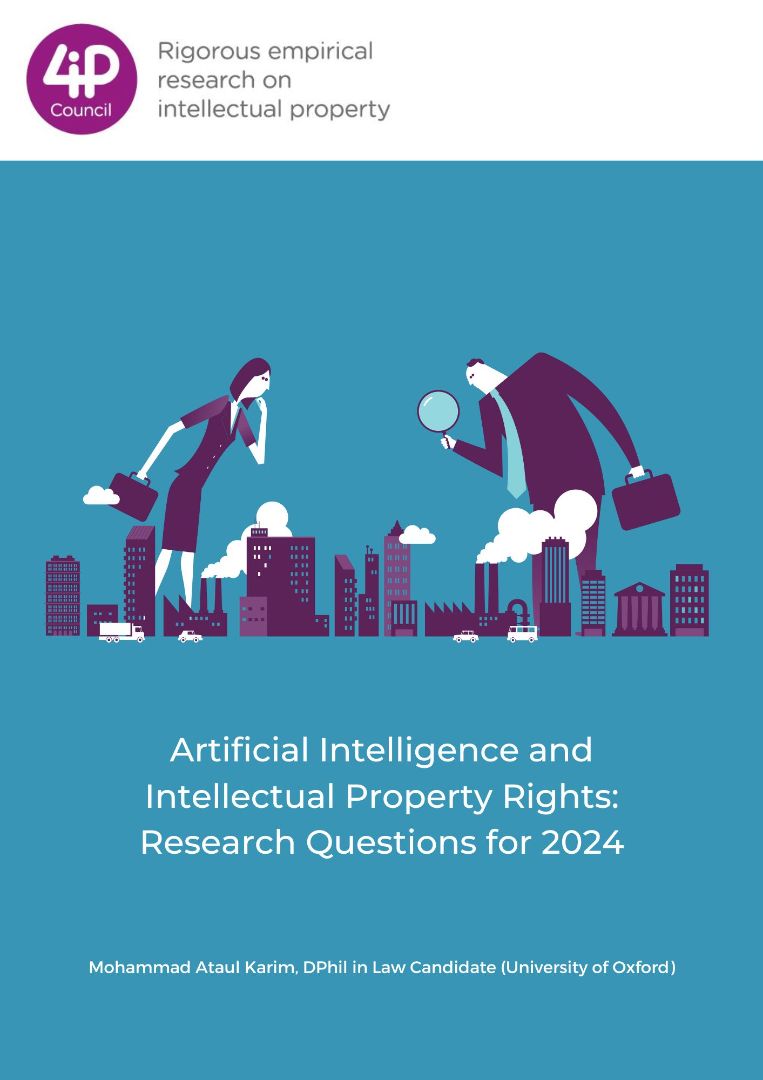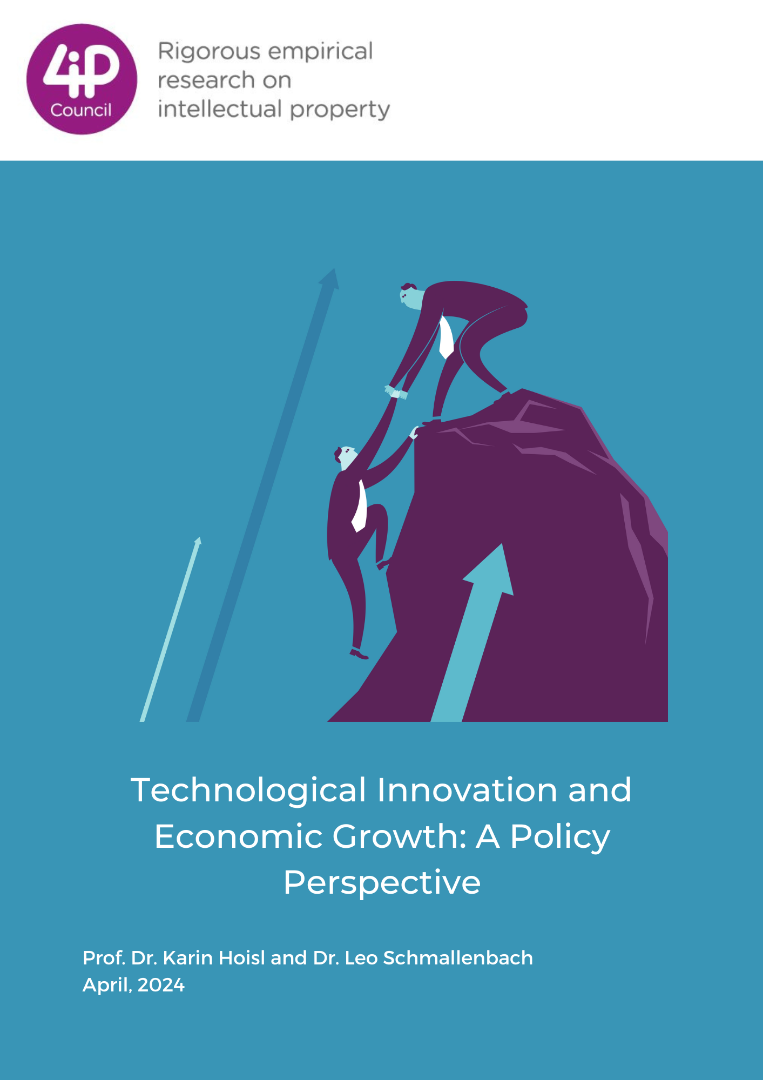Q&A on UPC and UPS
with Dr Aloys Hüttermann, Partner, Michalski • Hüttermann & Partner
In March 2020 the European Commission published its communication on “A New Industrial Strategy for Europe” which contemplates, inter alia, an IP Action Plan aimed at upgrading the EU IP legal framework by making the Unitary Patent System (UPS) operational.
The UPS regulations (no. 1257/2012 and 1260/2012) have already entered into force in 2013 but will only apply when also the Unified Patent Court (UPC) Agreement will have entered into force, i.e. after 13 participants, including Germany, France and Italy, have ratified.
The main obstacle was the missing ratification by Germany, because the way in which the agreement was approved turned out to raise problems of compatibility with the German Constitution. In March 2020 the German Constitutional Court issued its judgment in which it explains the reasons why the approval procedure was invalid. Last Friday (27. November) the Parliament passed the bill required for UPC ratification.
In the light of the judgment of the German Constitutional Court, what was the procedure the German Parliament had to follow in order to ratify the UPC Agreement?
The re-ratification procedure required a two-thirds majority of the German Parliament (Bundestag)’s members when the ratification bill was voted (instead of a relative majority as it was the case with the first bill, reason for which the German Federal Constitutional Court (FCC) declared the voting /ratification invalid). It is encouraging that only after a few weeks following the publication of the FCC ruling on the UPC, the ministry of justice started a second ratification process – and this in the middle of the Covid-19 pandemic. This shows how important they consider this project.






